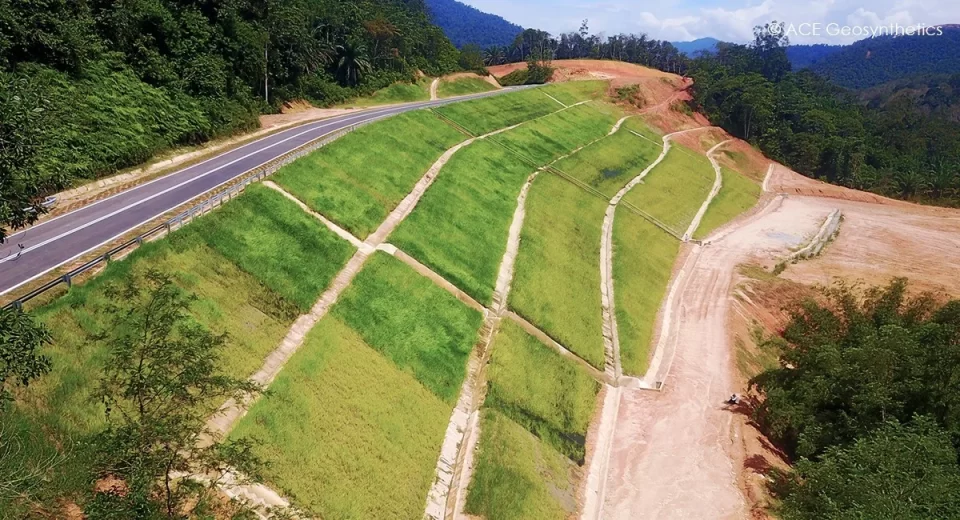Maintaining the integrity of slopes and embankments is essential for both safety and environmental protection. Unstable slopes can lead to landslides, erosion, and damage to infrastructure, property, and natural habitats. Slope stabilization is a vital process that ensures the long-term durability of landscapes, roads, and construction sites. Understanding the techniques and benefits of slope stabilization helps property owners, engineers, and municipalities implement effective solutions to prevent hazards.
Understanding Slope Stabilization
Slope stabilization involves a range of engineering and landscaping techniques designed to prevent soil movement and erosion. The goal is to reinforce the slope, control water runoff, and maintain the natural balance of the terrain. This process is critical in areas with steep gradients, loose soil, or heavy rainfall, where the risk of slope failure is higher.
Engineers and landscape specialists assess the slope’s composition, drainage patterns, and environmental factors to determine the most suitable stabilization methods. By addressing both structural and natural elements, slope stabilization ensures that embankments remain secure while preserving the surrounding ecosystem. Proper planning and execution are essential to prevent costly repairs and protect both human life and property.
Techniques Used in Slope Stabilization
A variety of techniques are employed in slope stabilization, depending on the slope’s characteristics and intended use. Retaining walls, for example, provide structural support by holding back soil and preventing landslides. These walls can be constructed from concrete, stone, or timber, each offering specific advantages depending on site conditions.
Vegetative methods are also widely used to stabilize slopes naturally. Planting grass, shrubs, or deep-rooted trees helps bind the soil together, reducing erosion and improving water absorption. Geotextiles and erosion control mats may be used to reinforce soil surfaces while vegetation establishes itself. Drainage management is another critical element of slope stabilization, as controlling water flow prevents saturation and soil weakening. By combining these techniques, experts can create durable solutions tailored to specific slope conditions.
Benefits of Effective Slope Stabilization
Implementing slope stabilization offers numerous benefits for both safety and sustainability. The most immediate advantage is the reduction of erosion and landslide risk, which protects infrastructure such as roads, bridges, and buildings. Stabilized slopes also minimize sediment runoff, preventing water pollution and maintaining the integrity of nearby water bodies.
Beyond safety, slope stabilization enhances the visual appeal and usability of the landscape. Stabilized slopes can be incorporated into parks, trails, and gardens, creating functional and attractive spaces. Additionally, long-term maintenance costs are reduced, as reinforced slopes require less frequent repairs and monitoring. Overall, slope stabilization contributes to environmental conservation, public safety, and property value, making it a worthwhile investment for both private and public projects.
Long-Term Considerations and Maintenance
Slope stabilization is not a one-time effort; ongoing maintenance is essential to ensure long-term stability. Regular inspections allow experts to identify early signs of erosion, structural weakness, or drainage issues. Timely interventions, such as adding vegetation, repairing retaining walls, or improving drainage systems, prevent minor problems from escalating into major hazards.
Monitoring environmental changes, such as increased rainfall, earthquakes, or human activity, is also important. These factors can impact slope stability over time, requiring adjustments to existing stabilization measures. By adopting a proactive maintenance approach, property owners and engineers can ensure that slopes remain secure and resilient for years to come.
Environmental and Regulatory Considerations
Slope stabilization projects often involve compliance with environmental regulations and local zoning laws. Protecting natural habitats, minimizing soil disruption, and managing stormwater are critical aspects of sustainable slope stabilization. Engineers work closely with regulatory agencies to ensure that projects meet all necessary standards while achieving the desired level of stability.
Incorporating environmentally friendly methods, such as using native vegetation and minimizing hard structures, supports ecosystem health and biodiversity. Sustainable slope stabilization balances safety and environmental responsibility, providing long-lasting solutions that benefit both people and nature. By considering regulatory and ecological factors, slope stabilization projects can achieve maximum effectiveness while maintaining environmental integrity.

